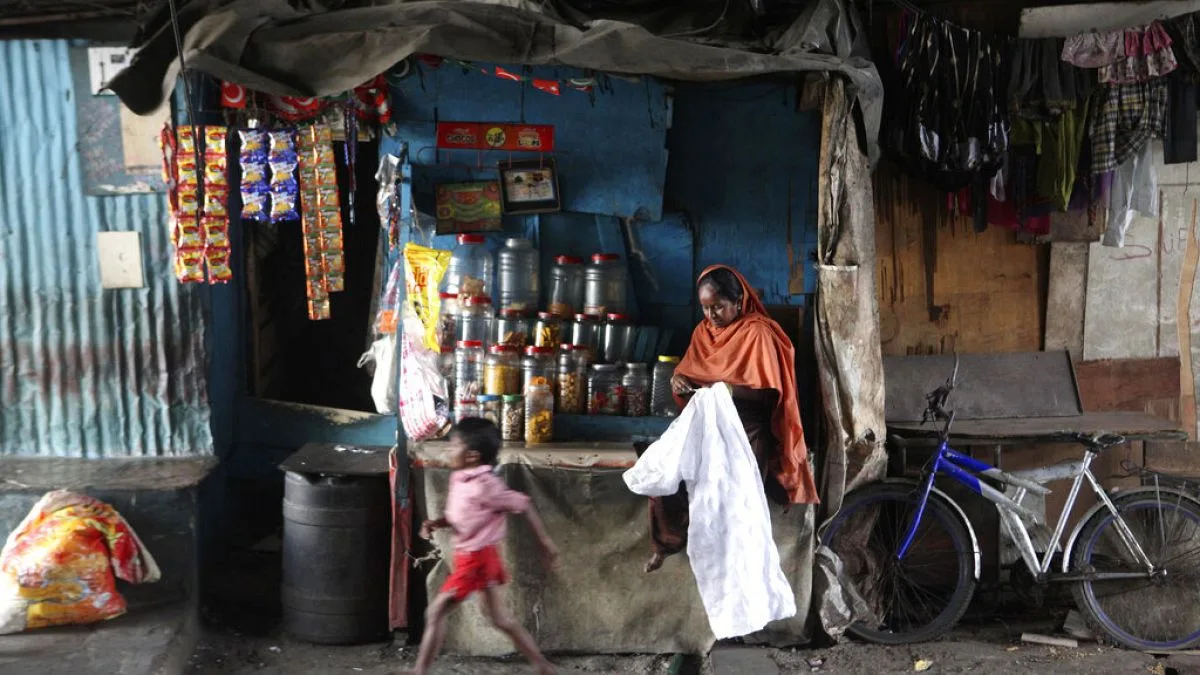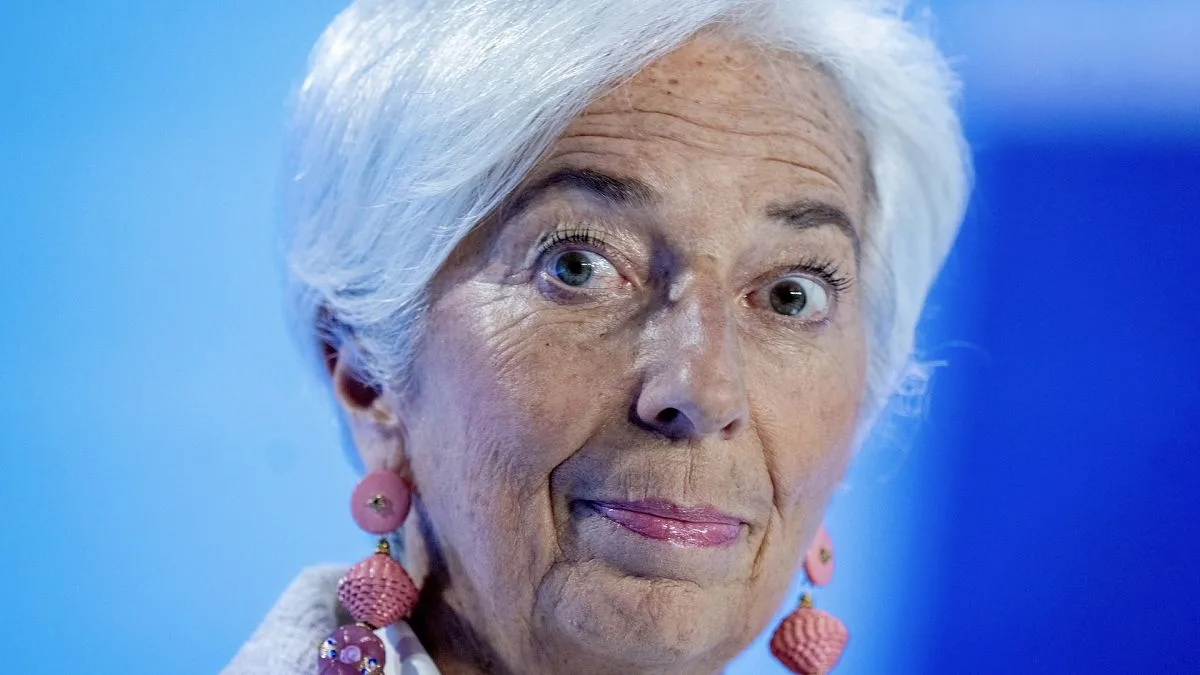Integrating the 1.4 billion people worldwide who lack access to banking services into the financial system is crucial for governments globally. This article explores the significance of microlending in addressing this issue and highlights the legacy of Muhammad Yunus.
Microfinance, primarily comprising micro-loans (under €25,000), is essential for micro-enterprises—representing 91% of all European businesses—and individuals aspiring to self-employment but struggling to access traditional banking. According to a recent report by the World Economic Forum (WEF), as of September, 1.4 billion people remain unbanked globally.
“Bridging the gap for the 1.4 billion unbanked individuals is a priority for governments, driving economic growth and empowering traditionally underserved communities,” the WEF report states.
Read more here.
Since 2000, the European Investment Fund has played a pivotal role in advancing the European microfinance sector by providing funding, guarantees, and technical support to various financial intermediaries, from small institutions to established microfinance banks.
“This effort aligns with core European Union goals: fostering entrepreneurship, growth, and job creation,” the EIF emphasizes on its website.
Despite these advancements, significant work is needed to bridge the financial inclusion gap.
Who is Muhammad Yunus?
Recently appointed as the leader of Bangladesh’s caretaker government, Muhammad Yunus—often referred to as the “banker to the poor”—is celebrated for his humanitarian contributions through microcredit. This initiative offers small loans, primarily to those lacking the collateral required for traditional financing.
After winning the Nobel Peace Prize in 2006, Yunus was portrayed as a revolutionary figure, with Grameen Bank, his microcredit initiative, hailed as a transformative approach to combatting poverty. His innovative vision aimed to bring human dignity to the forefront of economic discussions.
However, the notion of microcredit has evolved since its inception, grappling with challenges such as aggressive debt recovery practices and instances of suicides among indebted individuals. Advocates of microlending argue that the concept deserves a fair evaluation rather than outright dismissal.
The Foundations of Grameen Bank
Yunus’s journey began in 1976 when he met Sufiya Begum, a bamboo furniture maker struggling financially. His initial loan to her sparked the inception of a program aimed at providing small loans—initially under $50—to poor, rural communities.
This groundbreaking initiative focused on individuals deemed “unbankable,” empowering marginalized women who historically had limited access to financial resources. By the time Yunus established Grameen Bank, it boasted around 10.6 million borrowers, 98% of whom were women.
The Darker Side of Microfinance
While early studies praised Grameen Bank, recent critiques highlight that the impact of microlending on poverty reduction has been questioned. Critics assert that many microenterprises funded by such loans may simply lack the necessary market demand, leading to high failure rates. These failed businesses can leave borrowers with overwhelming debt.
The reputation of microlending has been tarnished by scandals such as the case involving SKS in India, where aggressive recovery practices were linked to numerous suicides.
Another contentious example is Banco Compartamos in Mexico, criticized for sky-high interest rates that it continues to charge in a market already teetering under the burden of microloans.
Regulating the Industry
Muhammad Meki, an Associate Professor at Oxford University’s Department of International Development, contends that while concerns about over-indebtedness in microfinance are valid, the industry encompasses both reputable and exploitative institutions. It’s vital to monitor these lenders and safeguard borrowers’ interests.
Recommendations include establishing credit registries to prevent excessive borrowing and ensuring lenders adhere to ethical practices.
Community-Based Loans
One successful strategy employed by Yunus was community-based loan structures, fostering accountability among borrowers. This pressure from peers can enhance repayment rates and sustain the lending model’s integrity.
However, reckless lending practices can distort the economic landscape, creating illusions of prosperity while leaving communities vulnerable to collective defaults.
Is Microlending a Failure?
Despite its controversial reputation, experts caution against viewing microlending solely through a lens of failure. The concept has sparked essential conversations about financial accessibility, showcasing the potential for innovation within impoverished communities.
While challenges persist, the legacy of Grameen Bank continues to influence discussions on expanding financial inclusion for marginalized populations.
Photo credit & article inspired by: Euronews



